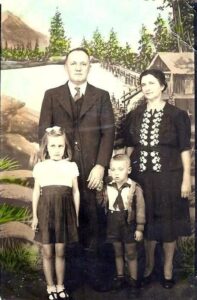Suit was brought in the name of a deceased nursing home resident for negligence and carelessness, alleging violations of 42 C.F.R. § 483.25(h)(1) and because Defendants did not prevent accidents. Defendant brought it to the court’s attention that the resident was deceased and moved to dismiss. Plaintiff moved for an extension of time to respond to the motion and to appoint an executrix so that a motion to substitute the executor as a party could be filed. Defendant objected, claiming the plaintiff was deceased, could not properly bring a lawsuit and therefore, could not amend the complaint. “It is elemental that in order to confer jurisdiction on the court the plaintiff must have an actual legal existence, that is he or it must be a person in law or a legal entity with legal capacity to sue.” (Internal quotation marks omitted.)… [A] dead person is a nonexistent entity and cannot be a party to a suit.” Plaintiff’s counsel contended he was unaware that the Plaintiff was dead and that naming the deceased as a Plaintiff was a mistake. “The court is not satisfied that the present action was commenced “through mistake,” and that the plaintiff’s attorney named the wrong plaintiff. Although the plaintiff’s attorney claims that he was unaware of the plaintiff’s death at the time the present action was commenced, he was charged with the responsibility to keep his client reasonably informed about the status of this matter.” The court indicated that after an executor is appointed, the executor could bring a new action not later than February 10, 2006 (this decision being dated January 30, 2006); however the current action is not valid. The motion to dismiss was granted.
Note: The moral of this story seems to be, make sure your client is alive before you name him or her as a Plaintiff. It is unknown whether Plaintiff succeeded in getting an executor appointed in time to refile the action.

